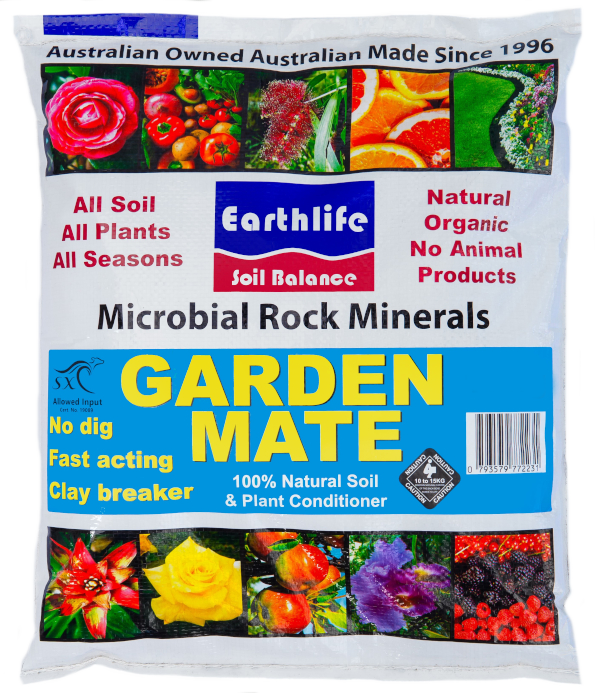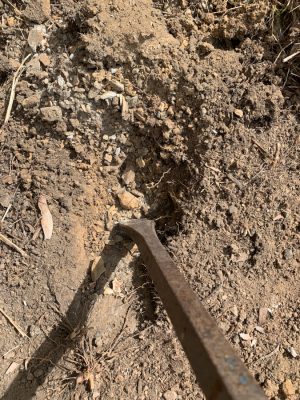
Reduce Water Usage
By using our products in your soil, we are adding the minerals that are missing, which improves soil structure. This allows more water into the

Stop breaking your back trying to dig your clay soil, stop wasting water trying to keep plants from dying in summer and start using Garden Mate.
Garden Mate was developed to replace the use of gypsum in agriculture, to treat and condition sodium laden clay soils. The main reason for this being that gypsum, as a mineral salt, requires copious amounts of water to dissolve the gypsum before it can work.
Garden Mate works 5 times better than gypsum at conditioning these soils and, when used according to our program, can do in 1 year what gypsum may take 5 years to achieve.
The other benefit of Garden Mate over gypsum is that the most fertile and biologically active soils on earth contain volcanic rock minerals like those found in our product, while some of the most infertile and biologically inactive soils on earth are full of gypsum.
When dissolved, gypsum adds only two elements, while Garden Mate adds over 60 elements, as well as a unique combination of over 30 different species of beneficial soil microbes that are added to the product.
Unlike gypsum, Garden Mate does not need to be dug in to soil. Through microbial action Garden Mate breaks the hydrophobic crust on any soil, it breaks up any type of clay, silt or sand compaction, balances and buffers pH, aids in moisture penetration, adsorption and drainage, and being a volcanic rock rather than a mineral salt does not rapidly leach from the soil.
It is as simple as spreading over gardens and lawns 3 to 4 times per year and your soils natural cycles can kick back in, restoring health and vitality to your garden. Used and recommended by farmers, horticulturists, landscapers, and home gardeners alike.

By using our products in your soil, we are adding the minerals that are missing, which improves soil structure. This allows more water into the

All our products contain over 60 mineral elements. In the photosynthesis process with more minerals available the plant is now able to build complex sugars/carbohydrates

Which is best? Some consider soil amendments to be products that are added to change a soils characteristics, such as gypsum and lime, and soil